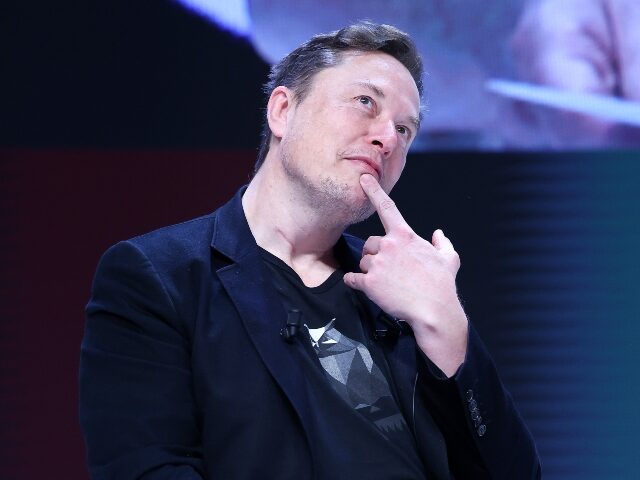Tesla in ‘Full Self-Driving’ Mode Gets Hit by Train After Going Around Barrier

A Tesla Model 3 reportedly in Elon Musk’s “full self-driving” mode drove around a crossing barrier and becoming stuck on train tracks in Sinking Spring, Pennsylvania, before being struck by an oncoming train.
Electrek reports that in a bizarre incident, a Tesla Model 3 in “full self-driving” mode managed to circumvent a train crossing barrier and subsequently became stuck on the tracks. The driver, who remained unidentified, was able to safely exit the vehicle before a train hit the car.
According to fire alerts issued in Berks County, emergency services were promptly dispatched to the scene. The fire commissioner made the decision to halt all train traffic while crews worked diligently to remove the stranded Model 3 from the tracks, ultimately requiring the use of a crane to complete the task. Spitlers Garage & Towing, the company responsible for the vehicle’s recovery, shared several images of the incident on their Facebook page.
Western Berks Fire Commissioner Jared Renshaw told WFMZ that the vehicle “went down the tracks approximately 40-50 feet. They all exited the vehicle, got their belongings out.”
The mirror of the vehicle was damaged but no passengers were injured. “When I arrived on scene, all of the occupants were already out of the vehicle, so they were traveling, you know at 5:28 in the morning. There was three people inside the car,” Commissioner Renshaw said.
Interestingly, the Tesla driver claimed that the vehicle was engaged in “self-driving mode” when it became stuck on the train tracks. This raises questions about the capabilities and limitations of Tesla’s autonomous driving technology. While Tesla has long maintained that all of its vehicles manufactured since 2016 will eventually be capable of unsupervised self-driving through software updates, this feat has yet to be realized.
Breitbart News recently reported on how a fatal Arizona crash reveals the limits of Elon Musk’s so-called self-driving cars:
The crash occurred when the Tesla, driven by Karl Stock, was traveling at 65 miles per hour and failed to slow down or avoid a collision with Story, who was assisting at the scene of an earlier accident. Despite the presence of multiple stopped vehicles and a person waving a safety vest to alert oncoming traffic, the Tesla maintained its speed until the last moment, swerving left just before striking Story head-on.
This tragic event has brought into question the capabilities and limitations of Tesla’s FSD technology, which relies heavily on cameras for perception, unlike many other autonomous driving systems that also incorporate radar and lidar sensors. Tesla CEO Elon Musk has defended the company’s camera-based approach, claiming that it can handle challenging conditions like sun glare and low-light environments. However, experts in the field have expressed concerns about the lack of redundancy and the potential vulnerability of camera-only systems.
The incident has also raised questions about Tesla’s aggressive push to deploy driverless vehicles, with the company planning to launch a robotaxi service in Austin, Texas, later this month. The National Highway Traffic Safety Administration (NHTSA) has sent a letter to Tesla requesting details about the company’s plans, including information on the driving systems, sensors, and safety measures in place to handle reduced visibility conditions.
Read more at Electrek here.
Lucas Nolan is a reporter for Breitbart News covering issues of free speech and online censorship.